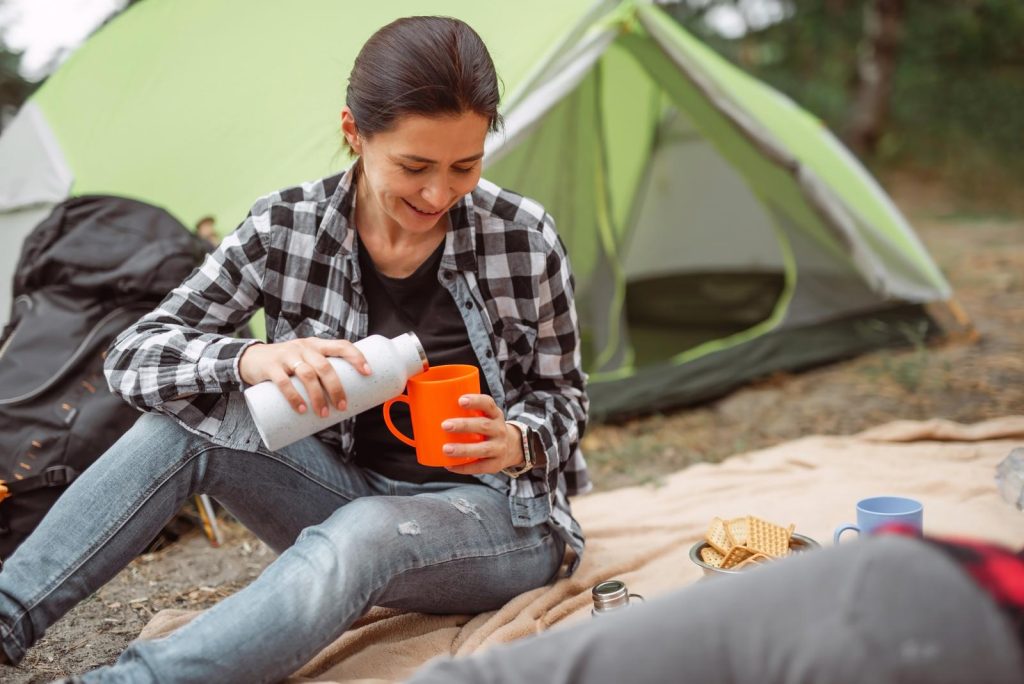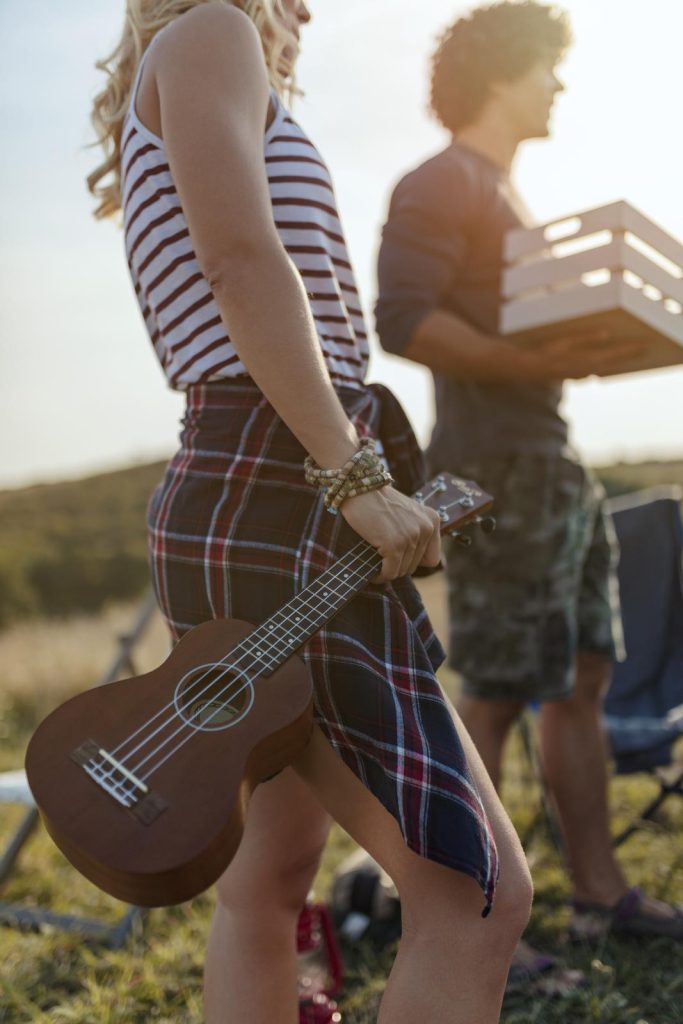Camping is an activity where you spend the night away from your home.
Tents
The amount of space in the tent will depend on how many people will be sleeping in it. Some models are designed for just two people, while others are designed for groups of several people.
For two-person trips, choose a smaller tent with fewer occupants. If you’re going for a larger camping trip, opt for a larger tent that can accommodate many more people.
However, if the fabric is treated with paraffin, it will become waterproof. Polyester and nylon are more lightweight options. However, these fabrics can become degraded over time due to exposure to ultraviolet light.
History
“History of camping” by Terence Young explores the origins of camping as a recreational activity. It has been around for ages and is a part of human culture. Early humans would camp for various reasons, but their primary reason was usually for survival. In fact, the word ‘camping’ comes from the military word ‘campaign,’ because in those days military camps were used for military campaigns.
19th century
In the early 19th century, the “Outdoor Movement” began to gain popularity after Union veterans began to take camping trips.
Fabric
The fabric used for a tent’s floor can be made of many different materials. Cotton, for example, absorbs water and can become heavy.
Civil War
By 1877, John Gould, a veteran of the American Civil War, published a guidebook called “How to Camp Out.”

Federal Government
In the early 20th century, the federal government began providing infrastructure for national parks. These parks were designed with middle-class white recreationists in mind, but camping became a social phenomenon. The first National Park Service director, Stephen Mather, said automobiles “opened up camping to mainstream America.” Today, with 80% of the population living in urban areas, people are looking for ways to escape the daily grind and enjoy nature.
History
This book helped lay out the basic skills of camping for civilians, but the emphasis was on survival rather than fun. In the United Kingdom, boating was a popular pastime and many used their boats as a floating campsite.
Several Types
There are several types of camping. All of them require the same basic equipment, but they differ in the types of locations, setups, and overall experiences they provide. For instance, car camping involves staying in a vehicle with folding seats.
Backyard camping, on the other hand, involves pitching a tent and setting up a camping kitchen in the backyard. The main benefit of backyard camping is that you don't have to travel to a campground and you can save time by not having to carry heavy, bulky gear.
Another common camping type is called dry camping, which involves staying in a utility vehicle and not staying at a campground. You can also choose a camping kitchen, or even a hot tub, if desired.

